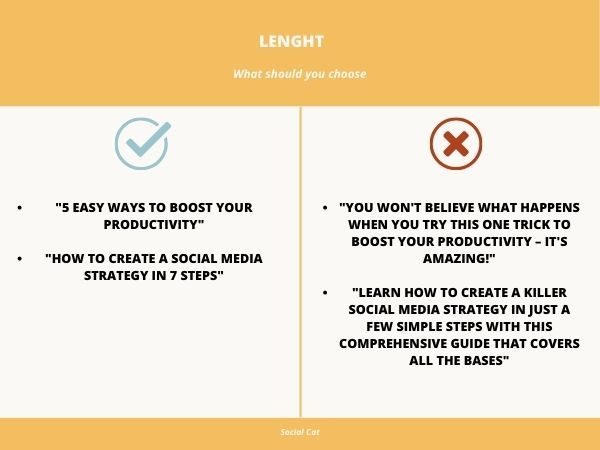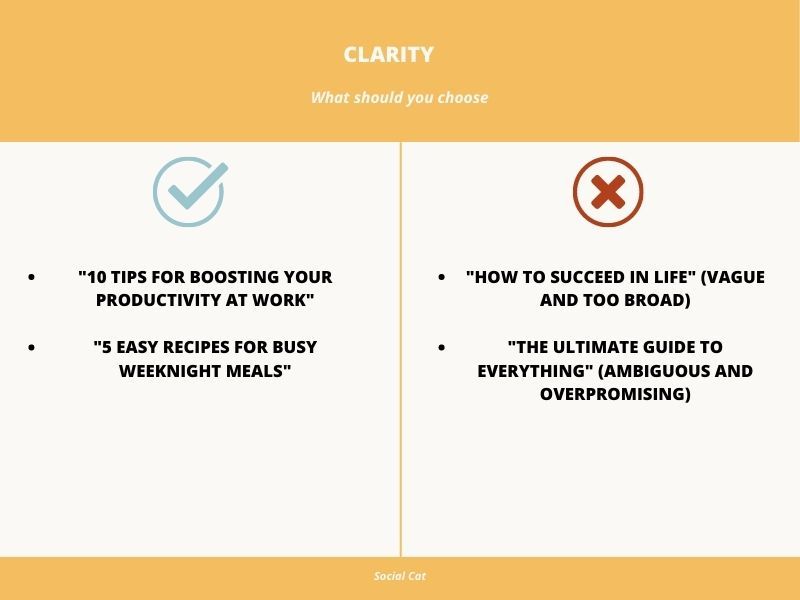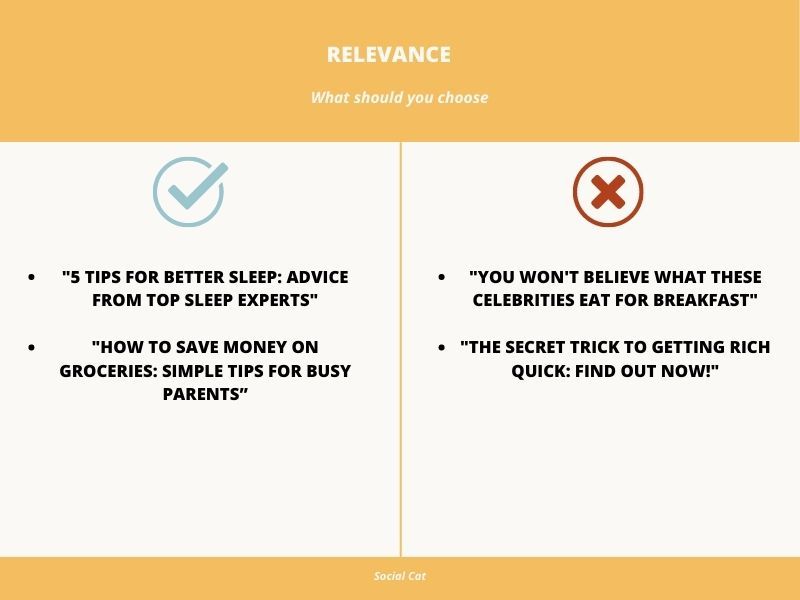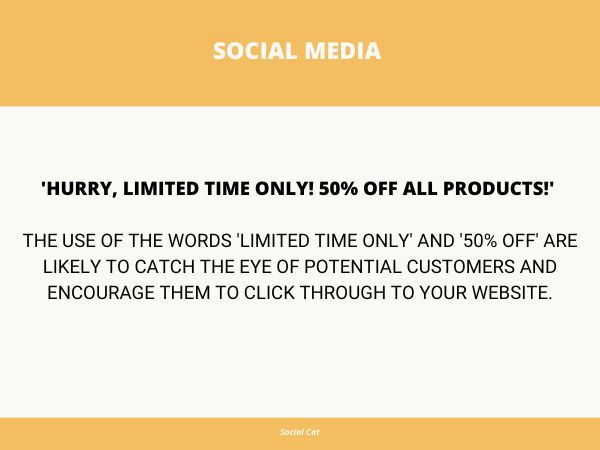INTRO
Are you struggling to get your content noticed in today's crowded digital landscape? One of the most important factors in capturing your audience's attention and driving engagement is the headline.
In fact, research shows that up to 80% of people will read your headline, but only 20% will go on to read the rest of your content. That's why crafting effective headlines is an essential skill for anyone working in digital marketing.
In this article, we'll explore the key elements of an effective headline and offer tips and strategies for writing headlines that capture attention and drive engagement.
Understanding the basics:
Crafting a compelling headline starts with understanding the key elements of an effective headline. Length, clarity, and relevance to the content are all critical factors that can make or break your headline's effectiveness. Here are some things to consider:
- Length: In general, shorter headlines tend to perform better, as they are more likely to capture attention and convey the main point quickly. Aim for a headline that is no more than 10-12 words.

- Clarity: Your headline should clearly communicate what your content is about and what benefit the reader will gain from reading it. Avoid vague or ambiguous language, and make sure your headline delivers on its promise.

- Relevance: Your headline should accurately reflect the content of your article, blog post, or other pieces of content. Avoid clickbait-style headlines that overpromise and underdeliver, as they can damage your credibility and reputation.

If you are looking to jump into the world of influencer marketing connect with Social Cat for a complimentary trial or book a demo and learn how to work with micro-influencers to boost your brand.
Writing for different platforms:
Crafting effective headlines isn't a one-size-fits-all proposition. The requirements and expectations for headlines can vary significantly depending on the platform or channel you're using to share your content. Here are some tips and strategies for optimizing headlines for different platforms:
- Social media: Social media platforms like Facebook, Twitter, and Instagram typically have character limits for headlines, which means you need to be concise and to the point. Consider using numbers, emojis, or power words to help your headline stand out in a crowded feed. You can also try A/B testing different headlines to see which ones perform best.

- Email: In email marketing, the subject line serves as the headline for your message. Your subject line needs to be compelling, so using an email writer can help you craft subject lines that persuade people to open your emails and clearly communicate the benefit of reading your content. Avoid using all caps, excessive punctuation, or spammy-sounding phrases, as these can trigger spam filters and harm your deliverability.

- Search engines: Search engine optimization (SEO) is critical for getting your content found in search results. Your headline (or page title) is a key factor that search engines use to determine the relevance of your content to a user's search query. Include your primary keyword in your headline, and make sure it accurately reflects the content of your page. Avoid using clickbait-style headlines, as these can harm your rankings and reputation.

If you are looking to jump into the world of influencer marketing, connect with Social Cat for a complimentary trial or book a demo and learn how to work with micro-influencers to boost your brand.
Using headlines to improve SEO:
In addition to capturing readers' attention, headlines play a crucial role in search engine optimization (SEO). By crafting SEO-friendly headlines, you can improve your website's search engine ranking and increase your visibility to potential readers.
To write SEO-friendly headlines, you need to identify the most relevant and high-traffic keywords for your content. Conducting keyword research is a crucial first step in this process. Tools like Google Keyword Planner, SEMrush, and Ahrefs can help you identify keywords that your target audience is searching for.
Once you have identified your primary keyword, try to include it at the beginning of your headline, if possible. This can help search engines understand the focus of your content and improve your chances of ranking for that keyword. However, it's important to balance SEO with readability and user experience, so don't sacrifice clarity or coherence in your headlines.
In addition to your primary keyword, consider including long-tail keywords in your headlines to target specific niches and audiences. These longer, more specific phrases can help you rank higher for more specific search terms.
Keep your headlines concise and avoid clickbait or misleading titles. Search engines value accuracy and relevance, and readers will quickly lose trust if they feel deceived by a headline. Use subheadings and meta descriptions to provide more context and additional keywords, further improving your chances of ranking higher in search results.

Creating attention-grabbing headlines:
- Use numbers and statistics: People tend to respond well to numbers and statistics, so incorporating them into your headlines can help to increase engagement. For example, "10 Ways to Boost Your Social Media Following" or "3 Easy Steps to Improve Your Website Traffic".
- Ask a question: Asking a question in your headline can pique your audience's curiosity and encourage them to click through to your content. For example, "Are You Making These Common SEO Mistakes?" or "How Can You Improve Your Email Open Rates?".
- Use power words: Power words are words that have an emotional impact and can help to capture your audience's attention. Examples of power words include "proven", "ultimate", "surprising", and "secrets".
- Be specific: Being specific in your headlines can help to set expectations for your content and make it more appealing to your audience. For example, "The Exact Strategy We Used to Double Our Sales in 6 Months" or "How to Increase Your Website Conversions by 30%".
- Keep it short and sweet: In today's fast-paced digital world, people don't have the time or patience for lengthy headlines. Keep your headlines short and to the point, while still incorporating the above tips.
A/B testing and optimizing headlines:
In order to maximize the effectiveness of your headlines, it's important to test and optimize them over time. A/B testing is a common technique used to compare two different headlines to see which one performs better. By creating two different headlines and randomly assigning them to different audience groups, you can see which headline drives more clicks, engagement, or conversions.
To get the most out of your A/B testing, it's important to test only one variable at a time (such as the length or tone of the headline) to ensure that you're accurately measuring the impact of each change.
Once you've identified a winning headline, it's important to continue testing and optimizing your headlines over time. As your audience and content strategy evolves, so too should your headlines. By continually testing and optimizing your headlines, you can ensure that your content is resonating with your audience and driving the results you're looking for.
Best practices for headline writing:
- Keep it concise: aim for headlines between 6 and 12 words to convey the main idea without overwhelming the reader.
- Make it clear: use simple, direct language that accurately reflects the content of the article or page.
- Highlight the value proposition: communicate the benefit or promise that the content offers to the reader, such as solving a problem or providing insights.
- Use active voice and power words: engage the reader by using strong verbs, emotional triggers, and persuasive language.
- Tailor the headline to the platform: adapt the format and style of the headline to fit the expectations and limitations of each platform.
- Test and optimize: experiment with different headlines to see what works best and use data to improve your future efforts.
Best tools for headline writing
- CoSchedule Headline Analyzer - This tool analyzes your headline and provides feedback on its structure, grammar, and overall quality. It also offers suggestions for improving your headline based on best practices.
- Capitalize my title - This free tool helps you automatically capitalize your headlines according to the proper title case rules. It's a simple but effective way to make your headlines look more professional.
- Portent's Content Idea Generator - This tool generates catchy and unique headlines based on your topic or keyword. You can keep refreshing the tool until you find a headline that you like.
- Answer the Public - This tool provides insight into what people are searching for on Google, and generates questions and phrases related to your topic. You can use these as inspiration for headlines that are relevant to your audience.
Conclusion
In conclusion, the power of a good headline cannot be overstated when it comes to digital marketing. Not only do headlines play a crucial role in attracting readers, but they are also important for improving your website's search engine ranking and increasing your visibility to potential customers.
Don't underestimate the impact that a well-written headline can have on the success of your digital marketing efforts. So take the time to craft attention-grabbing and SEO-friendly headlines and watch your online presence grow.
Read also:
Table of content
Looking for influencers?










